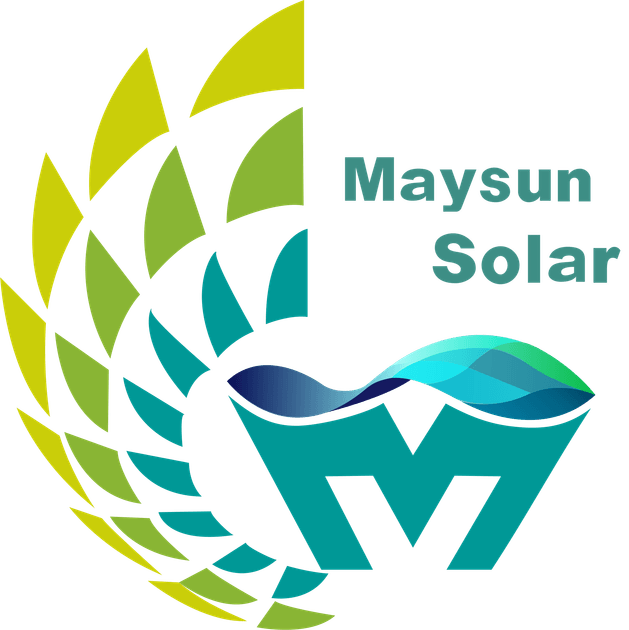
Maysun Solar
- …
Maysun Solar
- …
What is bifacial photovoltaic module technology?
Bifacial photovoltaic modules are a type of solar panel capable of generating energy from both the front and back sides. They use bifacial solar cells, and the back side is typically encapsulated with transparent materials (such as glass or a transparent backsheet). In addition to generating energy from the front, the back side can capture diffused and reflected light from the surroundings to produce additional energy.
Bifacial Module with Transparent Backsheet Technology
Bifacial module with transparent backsheet technology Up to 20% power gain depending on the albedo and the design of the photovoltaic systemBifacial
What is the bifacial rate?
The bifacial rate is a key indicator for evaluating the performance of bifacial photovoltaic modules, as these modules can generate energy from both sides. Also known as the bifacial factor or bifacial coefficient, it measures the ratio of the rear side's power generation capacity to that of the front side under standard test conditions. For example, if the rear side of a bifacial module produces 350 watts and the front side generates 500 watts, the bifacial rate is calculated as 350/500 = 70%. This means the rear side's power generation capacity is 70% of the front side's capacity.
Cell Structure Design
The cell structure of bifacial solar panels has a distinctive feature: the presence of a rear cell in addition to the front one. This configuration allows the panel to capture light on both sides, enhancing energy production. The rear side often features a back-contact or perforated structure to reduce shading caused by metallization and improve light conversion efficiency.

Comparison Between Bifacial and Monofacial Modules
What factors influence the energy gain of bifacial modules?

Height of the module from the ground:
The higher the photovoltaic module, the greater the rear-side gain. However, when the height exceeds 1.3 meters, the increase diminishes. Considering costs and maintenance, it is recommended to keep the height between 0.7 and 1.2 meters.

Ground reflectance:
Bifacial modules can utilize light reflected from the ground to generate energy. The higher the reflectance, the better the production efficiency. The reflectance ranking of different ground types is: snow > sand/concrete > soil > grass > water.

Module tilt:
During installation, it is important to position the module at an angle and direction that receive maximum solar radiation. In Italy, the optimal angle is the local latitude minus 10 degrees. For example, approximately 35° in Milan, 32° in Rome, and 27° in Sicily. It is recommended to orient the module towards the southwest.

Distance between module rows:
An appropriate distance reduces shading and ensures uniform illumination. The specific distance should balance production efficiency and costs, based on project requirements.
=

Support design:
The crossbars should be positioned at the edges of the module to avoid shading the rear side. During design, it is important to consider the impact of the rear side and the surrounding environment on energy production gain.
Application scenarios for bifacial photovoltaic modules

The Bifaciality of Solar Panels: A Comprehensive Guide from Principles to Applications
October 28, 2024


Frequently Asked Questions About Bifacial Solar Panels
Learn more about Bifacial technology
Can bifacial solar panels be used with other energy-saving technologies?
How much more efficient are bifacial solar panels compared to monofacial solar panels?
Are bifacial solar panels more expensive than monofacial solar panels?
How long do bifacial solar panels typically last?
Copyright © 2011 - 2024 Maysun Solar. All rights reserved.










